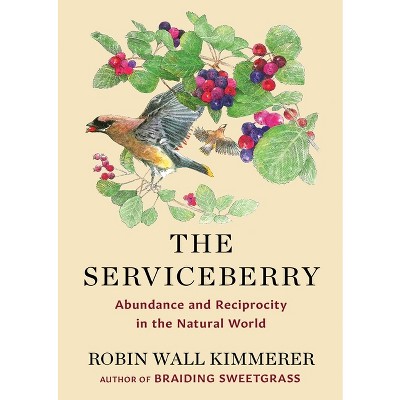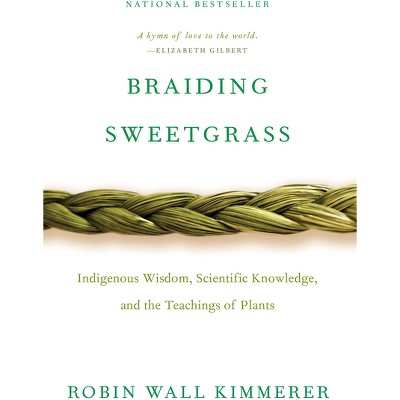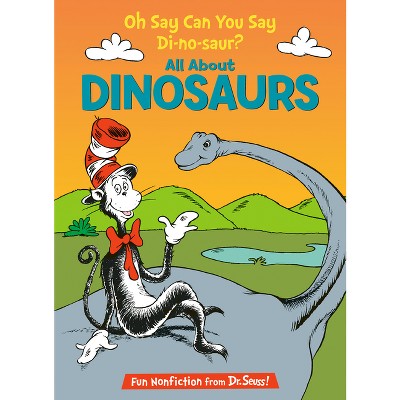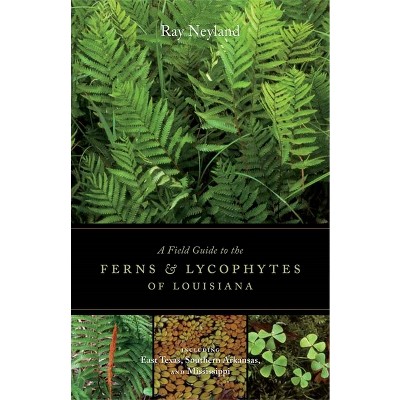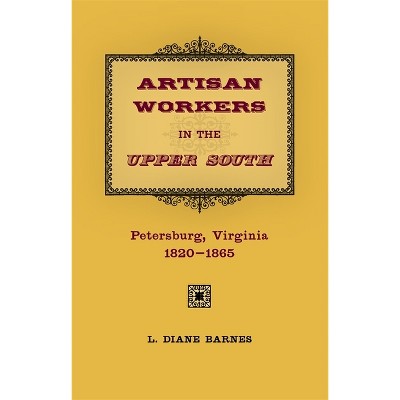About this item
Highlights
- Wildflowers of the Coastal Plain provides detailed information on 535 species of herbaceous plants, vines, and shrubs inhabiting one of the great floristic provinces of the United States.
- About the Author: Ray Neyland is a professor of biological science at McNeese State University in Lake Charles, Louisiana.
- 352 Pages
- Nature, Plants
Description
About the Book
Wildflowers of the Coastal Plain provides detailed information on 535 species of herbaceous plants, vines, and shrubs that inhabit the great floristic provinces of the United States the Lower Mississippi Valley, Gulf and Atlantic Coastal States. Entries are arranged alphabetically by family and scientific name, and are accompanied by a vivid color photograph of the wildflower in its natural setting and a precise description of the species, including its range and blooming time. Some entries describe modern and historical applications for the plantssuch as use by Native Americans for food or medicineand mention closely related species to prevent confusion in identification. The volumes simplified glossary and series of line drawings explain essential botanical terms. Dichotomous keys facilitate step-by-step identification methods, allowing readers to begin with what they knowa flowers colorand then follow a process of elimination (Is the plant aquatic or not? Are the leaves fan shaped or linear?). A sturdy, flexible cover makes this guide the perfect companion for outdoor excursions. With its beautiful color photographs, instructive descriptions, and wide-ranging geographic scope, Wildflowers of the Coastal Plain presents an exceptional reference for every nature and wildflower lover.Book Synopsis
Wildflowers of the Coastal Plain provides detailed information on 535 species of herbaceous plants, vines, and shrubs inhabiting one of the great floristic provinces of the United States. The coastal plain extends from southeast Texas eastward to Florida and includes the Mississippi River flood plain, which stretches from southern Illinois to the Gulf of Mexico. It embraces all but the southern tip of the Florida peninsula and proceeds up the eastern seaboard into southern New Jersey and includes parts of Long Island and Cape Cod. In this indispensable guide, botanist Ray Neyland catalogs the native flora, as well as the naturalized species found throughout the far-flung but unified coastal plain.
Each illuminating entry includes a vivid color photograph of the wildflower in its natural setting, the plant's scientific and common names, and a precise description of the species, including its range and blooming time. Some entries describe modern and historical applications for the plants -- such as use by Native Americans for food or medicine -- and mention closely related species to prevent confusion in identification. The volume's simplified glossary and a series of line drawings explain essential botanical terms. Dichotomous keys facilitate a helpful step-by-step identification method, allowing readers to begin with what they know -- a flower's color -- and then follow a process of elimination (Is the plant aquatic or not? Are the leaves fan shaped or linear?).
A sturdy, flexible cover makes this guide the perfect companion on outdoor excursions. With its beautiful color photographs, instructive descriptions, and wide-ranging geographic scope, Wildflowers of the Coastal Plain is an integral reference for every nature lover.
About the Author
Ray Neyland is a professor of biological science at McNeese State University in Lake Charles, Louisiana.


